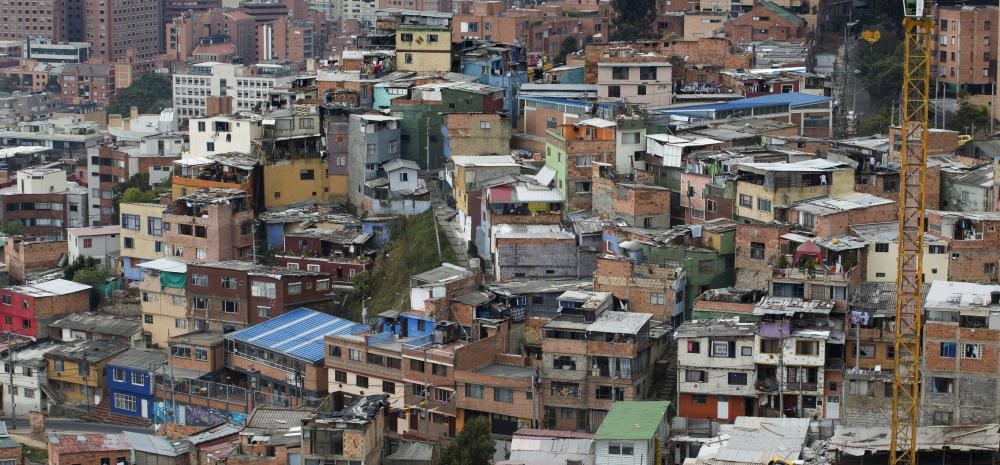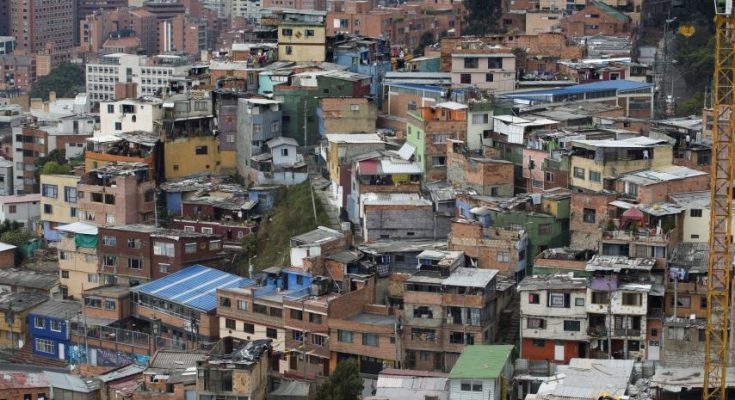Introduction
Urban slums are densely populated urban areas characterized by substandard housing, poor infrastructure, and lack of basic services. They are often synonymous with poverty, overcrowding, and inadequate living conditions. This discussion aims to explore the causes, characteristics, challenges, and potential solutions related to urban slums.

Characteristics of Urban Slums
A. Overcrowding and Substandard Housing:
- Density: Slums are marked by high population density, with many people living in confined spaces.
- Housing Quality: Housing in slums is typically made from temporary or non-durable materials, leading to unsafe and unhealthy living conditions.
B. Lack of Basic Services:
- Sanitation: Poor sanitation facilities, including inadequate toilets and waste disposal systems, contribute to health hazards.
- Water Supply: Access to clean water is often limited, forcing residents to rely on unsafe sources.
- Electricity and Infrastructure: Slums often lack reliable electricity, proper roads, and other essential infrastructure.
C. Economic and Social Factors:
- Employment: Many slum residents are engaged in informal, low-paying jobs without job security.
- Education and Health: Limited access to quality education and healthcare services perpetuates the cycle of poverty.
Causes of Urban Slums
A. Rapid Urbanization:
- Population Growth: Rapid population growth in cities, driven by rural-urban migration, leads to the formation of slums as cities struggle to provide adequate housing.
- Economic Opportunities: The search for better economic opportunities attracts people to urban areas, even if it means living in slums.
B. Poverty and Inequality:
- Income Disparities: Economic inequality and lack of affordable housing force low-income families into slums.
- Unemployment: High unemployment rates in urban areas contribute to the growth of slums.
C. Governance and Policy Failures:
- Planning and Regulation: Ineffective urban planning and weak enforcement of housing regulations contribute to the proliferation of slums.
- Political Factors: Corruption and lack of political will can hinder efforts to address slum conditions.
Challenges of Urban Slums
A. Health and Sanitation:
- Disease: Poor sanitation and overcrowding lead to the spread of infectious diseases.
- Healthcare Access: Limited access to healthcare facilities exacerbates health problems.
B. Safety and Security:
- Crime: Slums are often plagued by high crime rates due to economic desperation and lack of law enforcement.
- Disasters: Substandard housing makes slum areas vulnerable to natural disasters like floods and fires.
C. Social and Economic Mobility:
- Education: Limited access to quality education hampers social and economic mobility.
- Economic Opportunities: Lack of formal employment opportunities keeps residents in a cycle of poverty.
Potential Solutions for Urban Slums
A. Policy and Governance:
- Inclusive Urban Planning: Implementing inclusive urban planning policies that consider the needs of slum dwellers.
- Affordable Housing: Developing affordable housing projects to provide safe and decent living conditions.
B. Community Involvement:
- Participatory Planning: Involving slum communities in planning and decision-making processes to ensure their needs are met.
- Empowerment Programs: Implementing programs that empower residents through education, skills training, and economic opportunities.
C. Infrastructure Development:
- Basic Services: Investing in infrastructure to provide clean water, sanitation, electricity, and transportation.
- Health and Education: Improving access to healthcare and education facilities within slum areas.
D. Economic Initiatives:
- Job Creation: Promoting job creation and entrepreneurship opportunities for slum residents.
- Microfinance: Providing microfinance options to support small businesses and economic activities.
Conclusion
Urban slums are a complex and multifaceted issue requiring a holistic approach to address the underlying causes and improve living conditions. Through inclusive policies, community involvement, and targeted infrastructure and economic initiatives, it is possible to transform slums and integrate them into the broader urban fabric, promoting sustainable urban development and social equity. Effective solutions require collaboration between governments, NGOs, private sector, and the communities themselves.




